My first time having the auto credit broken, it says this is based off of my DC-8-71 Delta when it is really based off from my two-month old post from here.
Credits
-Credits to Annedzsrue‘s DC-8-61 Nationair Canada
Finally, my favorite airliner I made is back and revamped!
Changes from last time:
-S m o o t h cheatline
-More accurate livery
-Added a registration number
Controls
AG1:………………….Engines
AG2:......................Reverse Thrust
AG4:......................Emergency Slides
AG5:......................Autopilot/ Arcade Mode
Landing Gear.......Landing Gear and Landing Lights
VTOL.....................Flaps
Trim......................Trim
United flight 173: Focused on Faliure
I wrote everything (except the investigation) by myself. I used as sources:
Wikipedia
NTSB

The original aircraft in the previous livery
Let’s start with the souls on board, shall we?
-Captain Malburn "Buddy" McBroom (age 52)
-First Officer Roderick "Rod" Beebe (45)
-Flight Engineer Forrest "Frosty" Mendenhall (41)
-189 people in total
McBroom had been with United Airlines for 27 years; he was one of the airline's most senior pilots with more than 27,600 hours of flight time, of which about 5,500 hours had been as a DC-8 captain. Beebe had been with the airline for 13 years and had logged more than 5,200 flight hours. Mendenhall had close to 3,900 flight hours and had been with the airline for 11 years. The first officer and flight engineer had over 2,500 hours of flying experience between them in the DC-8.
The flight
Flight 173 left from Stapleton Airport (Denver,) And was headed for Portland International.
Portland Int’ll can be found in Oregon.
Note that the total amount of fuel required for the flight to Portland was 31,900 lb (14,500 kg). About 46,700 lb (21,200 kg) of fuel were on board the aircraft when it departed the gate in Denver.
The first maybe 2 hours were pretty uneventful, but when it was time to land, that’s when problems started. As soon as the crew lowered the gear, they heard a loud thump. The crew wasn’t too sure what had happened, but the indicators showed that the landing gear was already down. As they started circling around trying to figure the problem out, engines 3 and 4 flamed out. The reason for this is because the crew just kept focusing on the thump and were circling, and therefore wasted a lot of fuel on the plane. Note that the plane flaps on 15 degrees, so while the crew was heading in for an emergency landing, engines 1 and 2 also flamed out.
It started losing altitude, and crashed into a wooded suburb. There was only a brief fire when it skidded on a few trees, but the fuel was so low the plane didn’t explode and the fuselage actually stayed intact. However, the cockpit section split open like a bannana.
Animation of the crash
Of the crew members, two were killed, flight engineer Mendenhall and lead flight attendant Joan Wheeler; two sustained injuries classified by the National Transportation Safety Board (NTSB) as "serious", and four sustained injuries classified as "minor/none". Eight passengers died, and 21 had serious injuries.
Investigation (I’m not gonna right another essay so I’m just gonna let Wikipedia do the talking.)
The NTSB investigation revealed that, when the landing gear was lowered, a loud thump was heard. That unusual sound was accompanied by abnormal vibration and yaw of the aircraft. The right main landing gear retract cylinder assembly had failed due to corrosion, and that allowed the right gear to free fall.[9] Although it was down and locked, the rapid and abnormal free fall of the gear damaged a microswitch so severely that it failed to complete the circuit to the cockpit green light that tells the pilots that gear is down and locked. Those unusual indications (loud noise, vibration, yaw, and no green light) led the captain to abort the landing, so they would have time to diagnose the problem and prepare the passengers for an emergency landing. While the decision to abort the landing was prudent, the accident occurred because the flight crew became so absorbed with diagnosing the problem that they failed to monitor their fuel state and calculate a time when they needed to return to land or risk fuel exhaustion.
The NTSB determined the following probable cause:
The failure of the captain to monitor properly the aircraft's fuel state and to properly respond to the low fuel state and the crewmember's advisories regarding fuel state. This resulted in fuel exhaustion to all engines. His inattention resulted from preoccupation with a landing gear malfunction and preparations for a possible landing emergency.
The NTSB also determined the following contributing factor:
The failure of the other two flight crew members either to fully comprehend the criticality of the fuel state or to successfully communicate their concern to the captain.
Notes
-The vertical stabilizer’s logo was done in fuselage, because UnitedDC4TwaL1049 said, “pixel text art in my opinion doesn’t blend well. So fuselage art please”
I don’t blame him. Sometimes pixel art can cause immense lag and sometimes has weird white outlines.
-From now on, every week or month, I will do a news forum post.
Additional Pics:
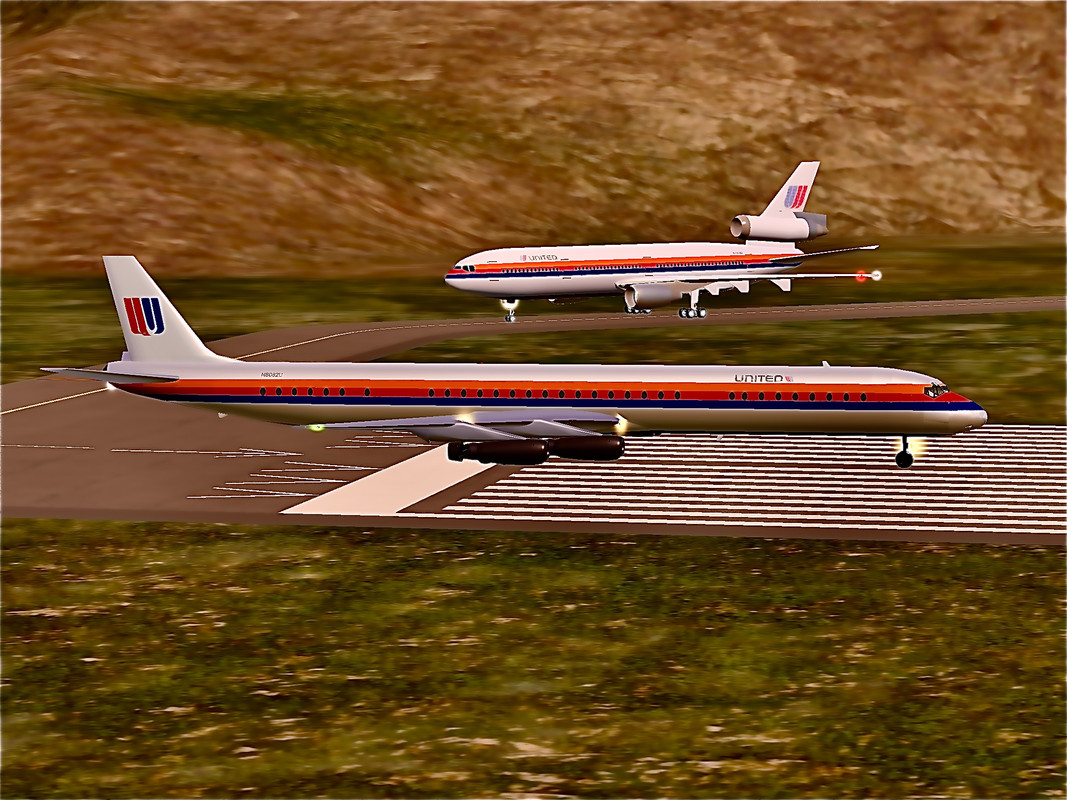
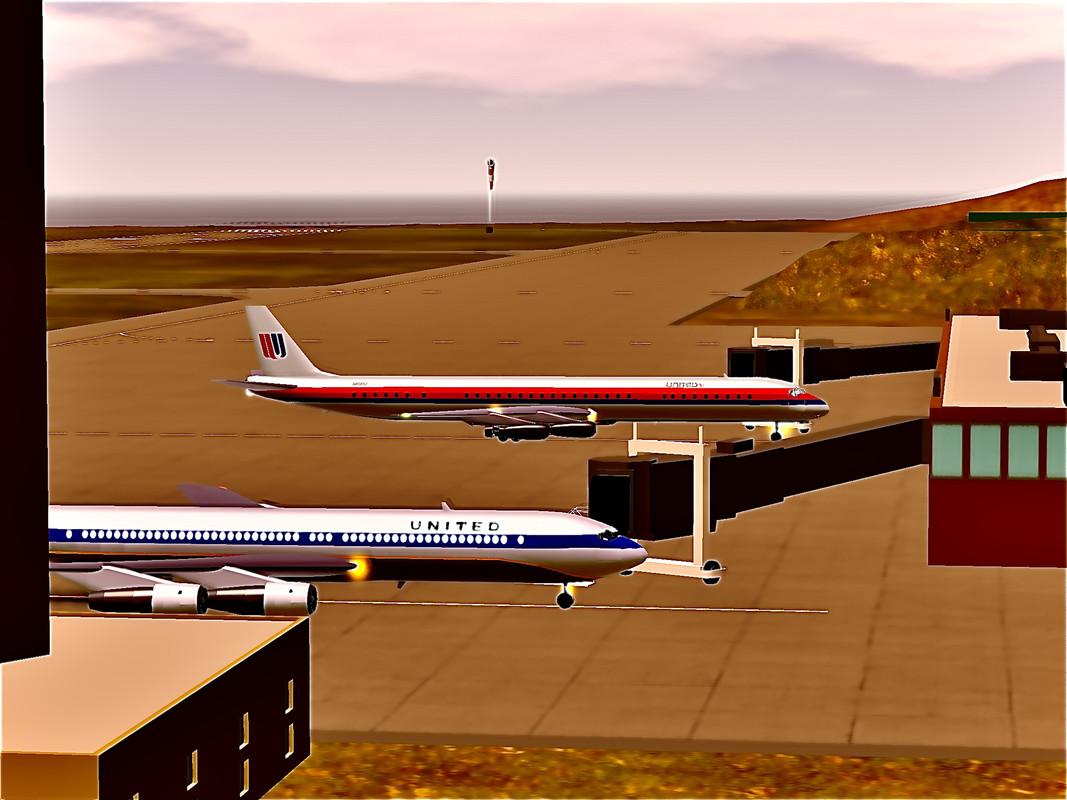
Have a good flight!
Specifications
Spotlights
- ayou2005 2.8 years ago
- LonelyAustrianUhlan 2.8 years ago
- Snowdog 2.8 years ago
- CooperFilms001 2.8 years ago
- Brololxd 2.8 years ago
- JJsimple 2.8 years ago
- DeadlyDialga 2.8 years ago
General Characteristics
- Predecessor DC-8-71 Delta
- Successors 19 airplane(s) +324 bonus
- Created On iOS
- Wingspan 143.3ft (43.7m)
- Length 194.5ft (59.3m)
- Height 44.2ft (13.5m)
- Empty Weight 231,277lbs (104,905kg)
- Loaded Weight 270,851lbs (122,856kg)
Performance
- Power/Weight Ratio 1.259
- Wing Loading 79.4lbs/ft2 (387.5kg/m2)
- Wing Area 3,413.1ft2 (317.1m2)
- Drag Points 25008
Parts
- Number of Parts 657
- Control Surfaces 9
- Performance Cost 3,648


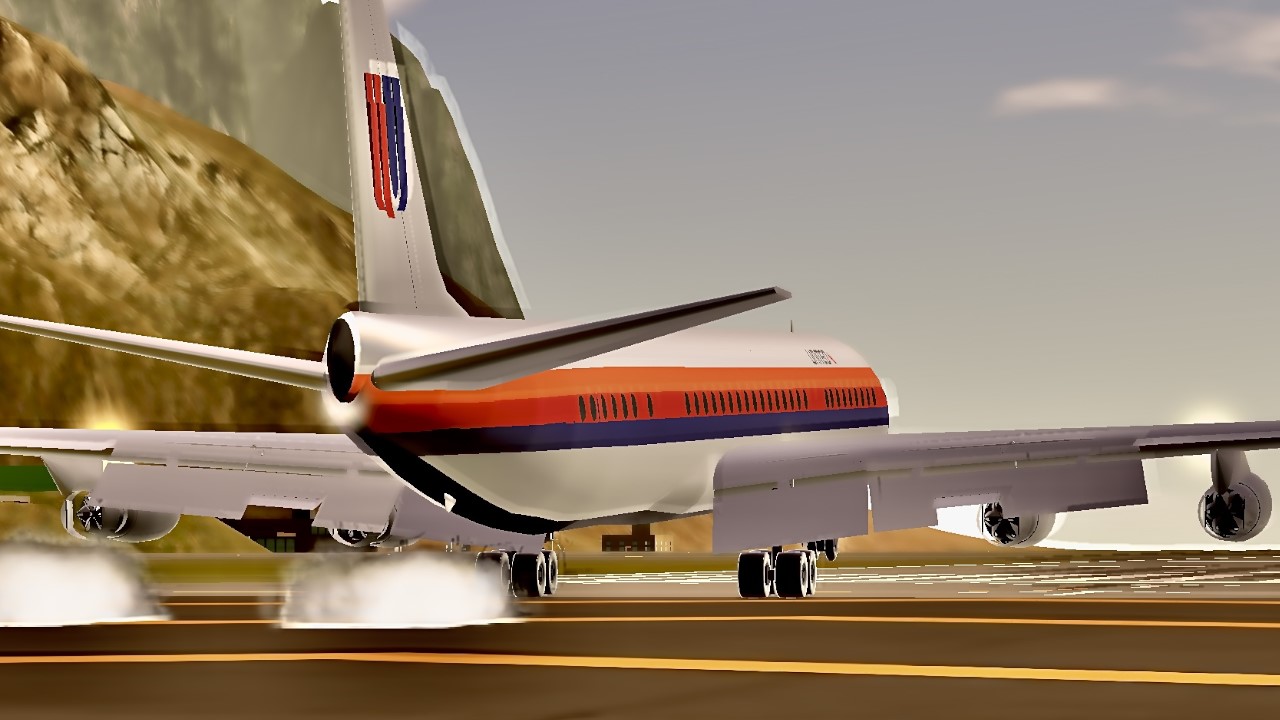
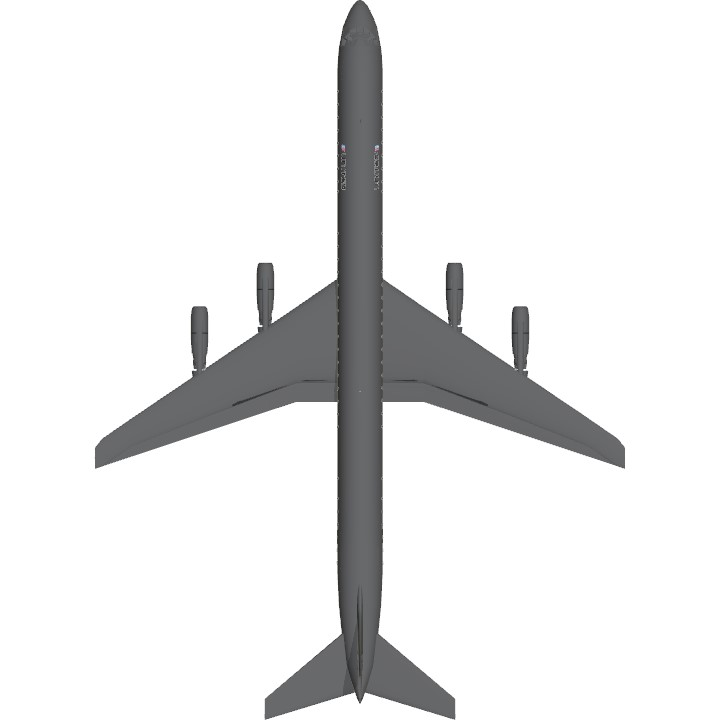
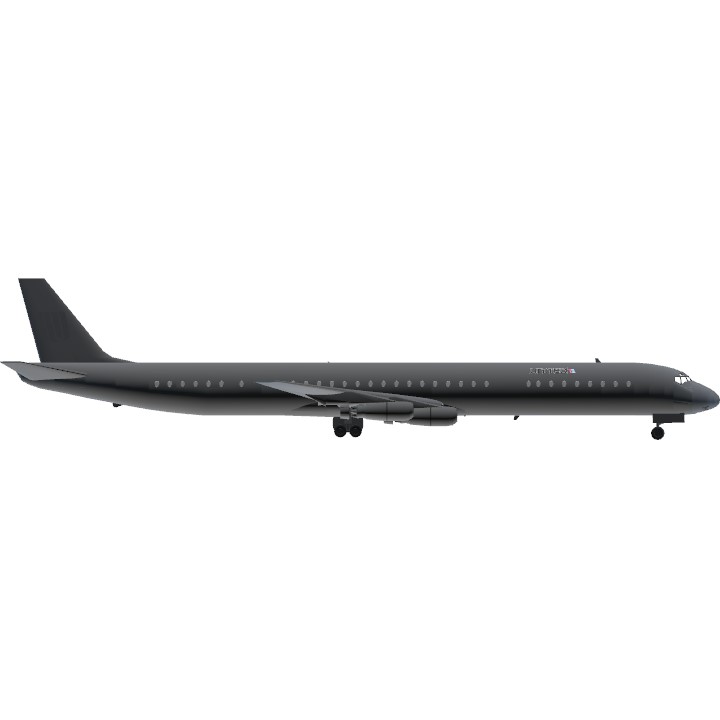
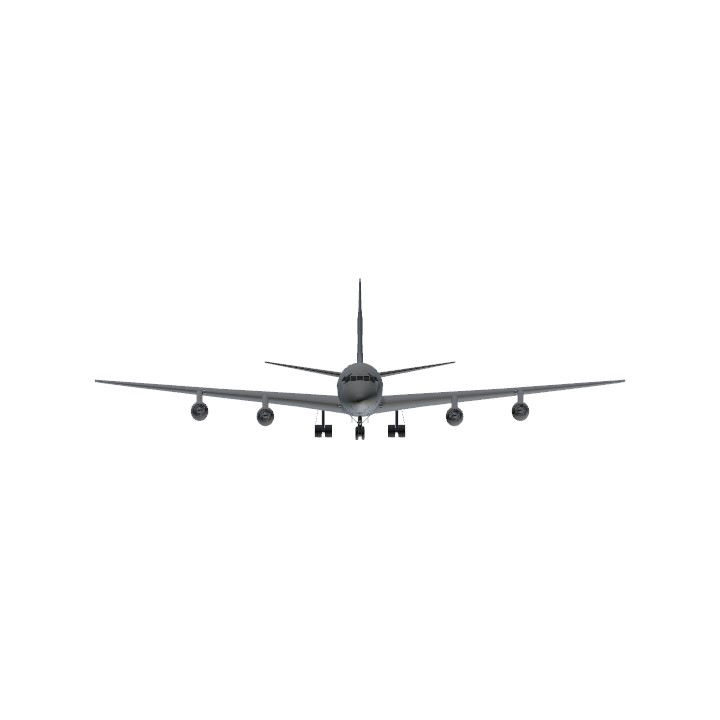
Tags:
@Kangintel
@UnitedDC4TwaL1049
@DeadlyDialga
The 707 in one of the screenshots
The DC-10 in one of the screenshots
This is pretty good. The only issue js the engines beings incorrect. Other than that, pretty damn good build.
Hello
Ahhh my eyes don't stop shining I like it!
Yo @UnitedDC4TwaL1049 can you make this mobile friendly?
I couldn't spotlight on my other account so I did it on this one :D